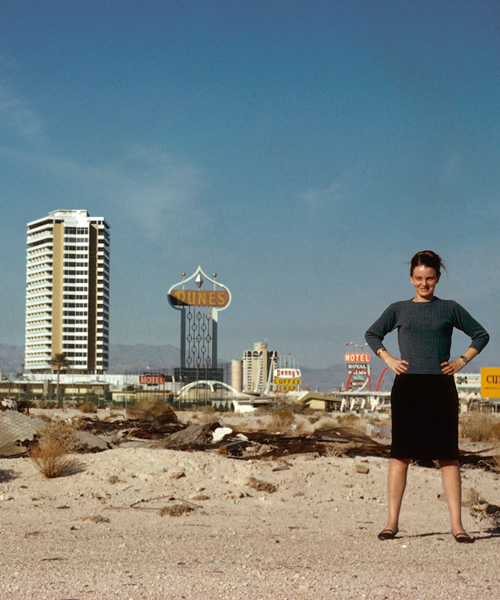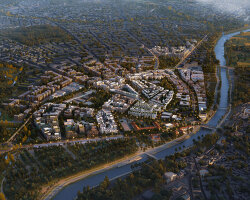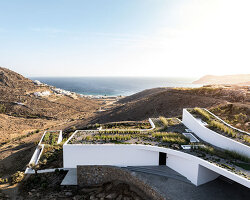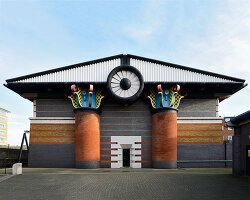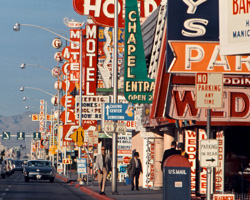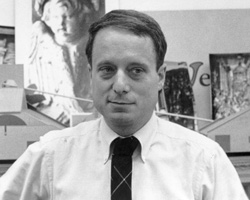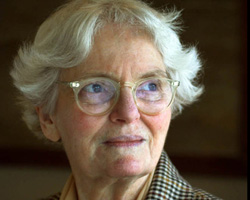after spanish architect rafael moneo was awarded the prize last year, sir john soane’s museum has announced that denise scott brown — the pioneering american architect, planner, and theorist — will be the recipient of the 2018 soane medal. the award is presented annually in recognition of architects who have made a major contribution to their field, through their built work, through education, history, and theory. working alongside her husband robert venturi, scott brown has been responsible for numerous urban plans and masterplans, and been instrumental in the design of buildings across the world. the duo’s work as architects, planners, writers, and teachers has received world-wide acclaim, and has influenced several generations of architects.
coinciding with the announcement from sir john soane’s museum, designboom revisits our 2014 interview with the architect where, among other topics, she discusses her childhood and upbringing, the evolution of her work, and the art of drawing.
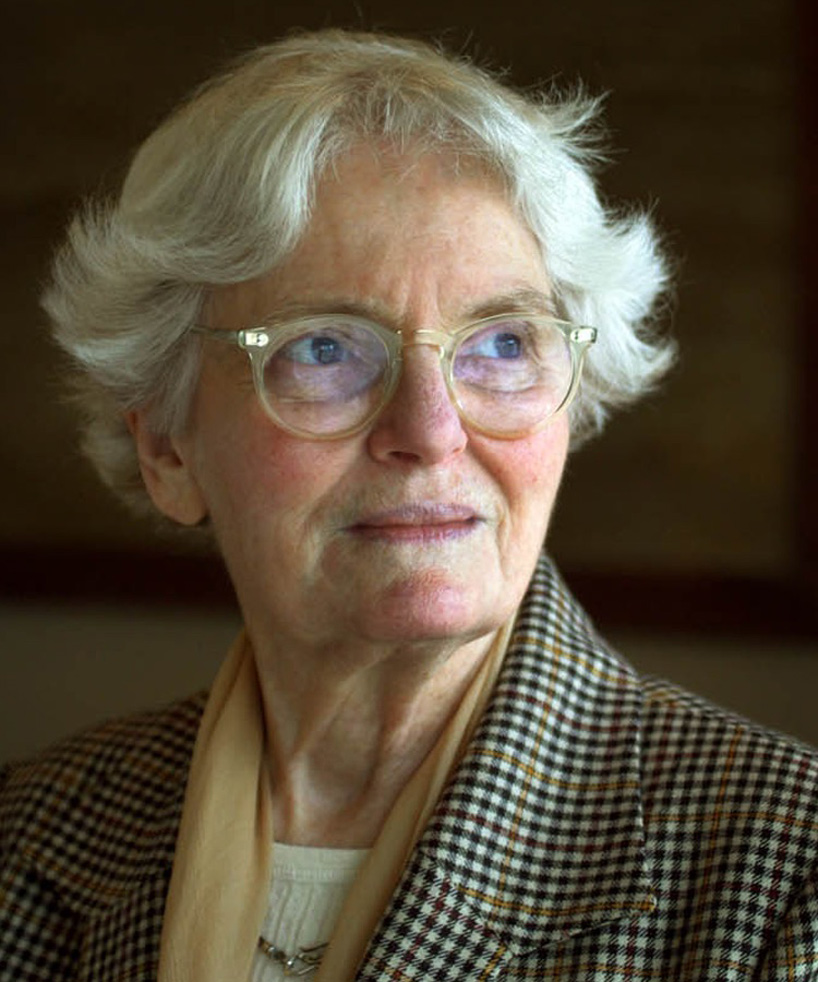
image by frank hanswijk, courtesy of venturi, scott brown and associates
main image by robert venturi, courtesy of venturi, scott brown and associates
designboom (DB): what is the best moment of the day?
denise scott brown (DSB): it’s always a good moment when someone gives me the opportunity to speak about my work. in everyday life you don’t often get that chance. it’s always nice to be heard.
DB: what books do you have on your bedside table?
DSB: none. I don’t read easily at night – I’m too tired! I own a lot of books but I don’t read them much. I’ve recently given up stockpiling books that I think I will read, but never get around to. I read a lot during the day but it’s mostly online.
DB: do you ever read design and architecture magazines?
DSB: no. I read all my architecture news – in fact almost all my news online. I write more than I read, so a lot of what I read is actually what I’m writing myself.
DB: is there any type of clothing that you avoid wearing?
DSB: I can’t wear high heels any more, and I don’t wear lipstick. I love to buy clothes from thrift shops. at my age there’s really no need to buy more things, I have a full wardrobe. I try to dress as I always have, but you have to adapt to getting older, so my dresses have gotten longer.
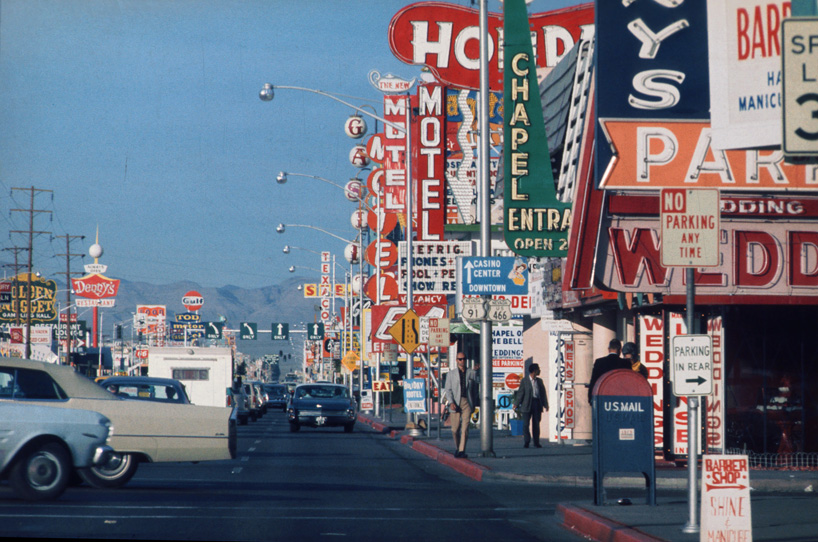
photos from the book ‘learning from las vegas’, which created a healthy controversy upon its publication in 1972
image by denise scott brown, robert venturi, and members of the learning from las vegas studio
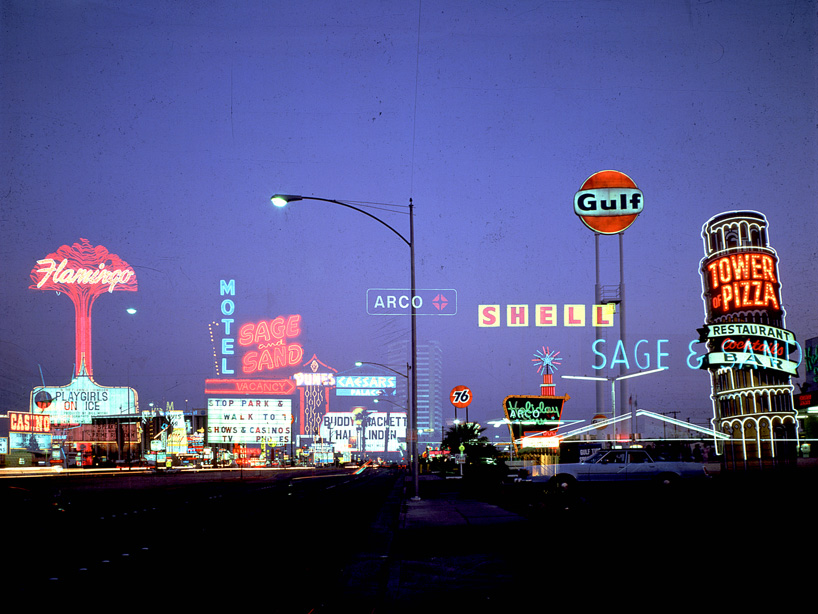
the book called for architects to be more receptive to the tastes and values of ‘common’ people
image by denise scott brown, robert venturi, and members of the learning from las vegas studio
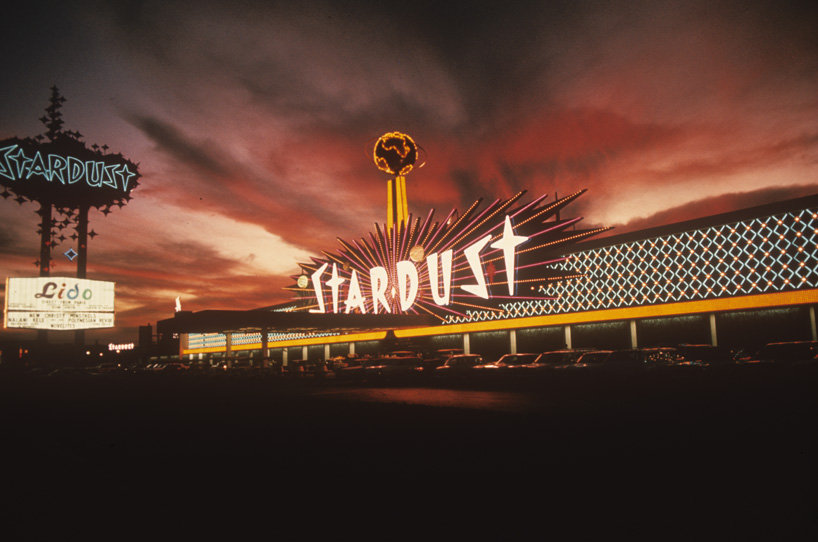
image by denise scott brown, robert venturi, and members of the learning from las vegas studio
more information on the book can be found here
DB: when you were a child did you always want to be an architect?
DSB: my mother studied architecture so I was aware of it but it wasn’t as planned as it was with my husband bob. his family had a plan for him to be an architect before he was even born, and he can’t remember a time when he didn’t think he was going to be an architect. I remember that I was as young as four when I thought: ‘I want to be an architect like my mummy’. I remember seeing blueprints in our house from even before that, I’d have been around two years old. so, I wasn’t prenatally destined to be an architect like bob, but I was programmed inadvertently to be one.
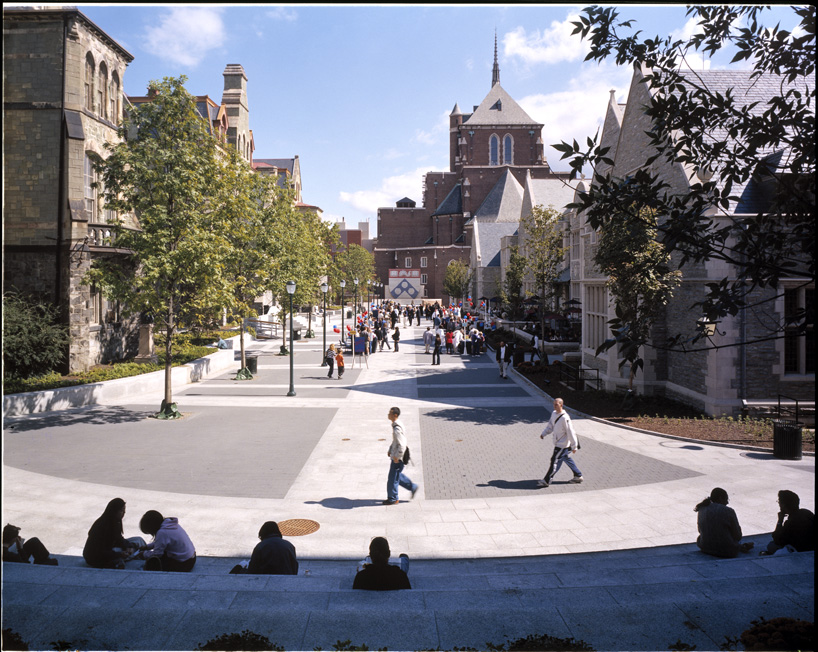
perelman quadrangle, university of pennsylvania
image by matt wargo
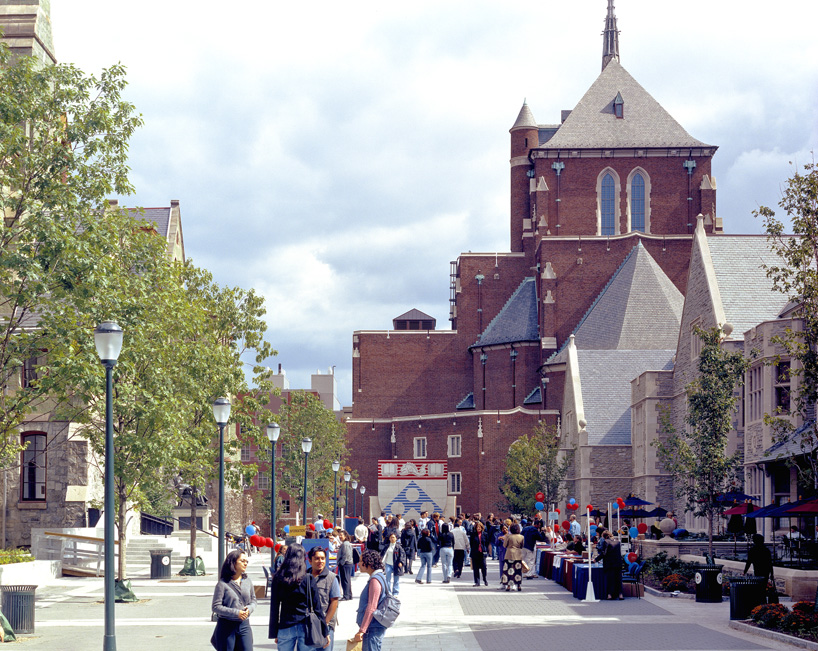
perelman quadrangle, university of pennsylvania
image by matt wargo
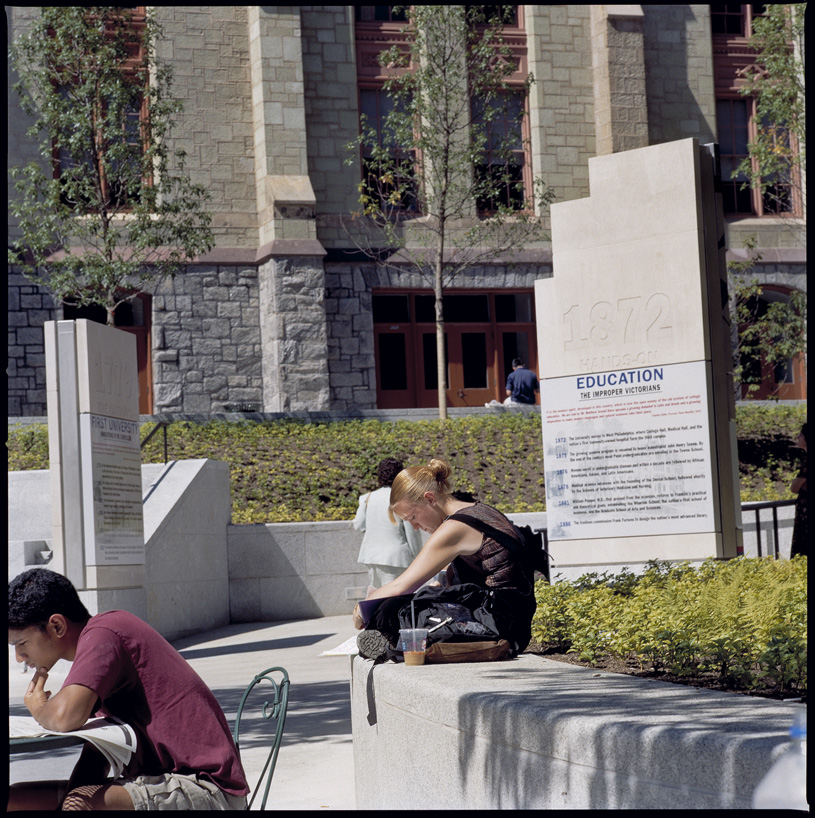
perelman quadrangle, university of pennsylvania
image by matt wargo
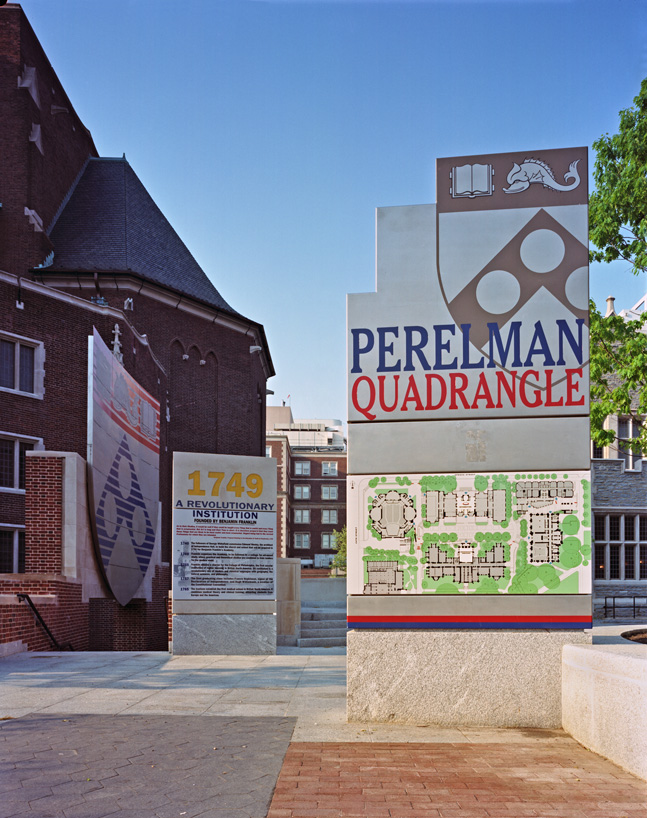
perelman quadrangle, university of pennsylvania
image by matt wargo
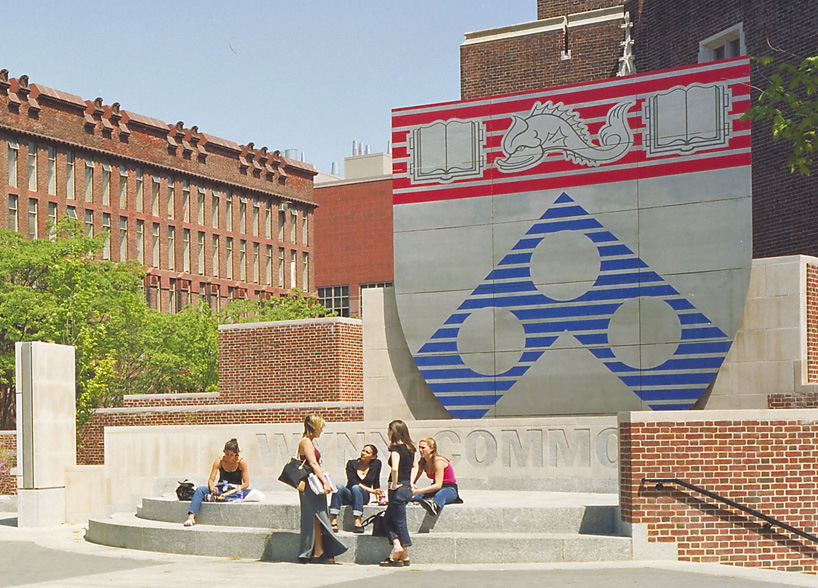
perelman quadrangle, university of pennsylvania
image by matt wargo
DB: where do you work on your projects?
DSB: I work at home but I’m not working on architectural projects any more, bob and I are too old, nobody is interested in giving us work any more. but we write a lot and we work on our lectures and presentations – every slide is like a photo essay to me and I very much enjoy giving talks to interested audiences.
DB: can you describe an evolution in your work?
DSB: I once answered a questionnaire for the sociology department at penn regarding careers. they responded by sending me a different questionnaire specifically for someone who has changed careers a lot. I don’t see why they did that because to me everything I’ve worked on has been related to one another. the reality is: as the times change, your clients ask for different things related to your expertise. so you go from working to teaching to consulting to writing and so on but the way I approach these things – with passion, curiosity and rigor – has always been the same.

provincial capitol building, toulouse
image by matt wargo
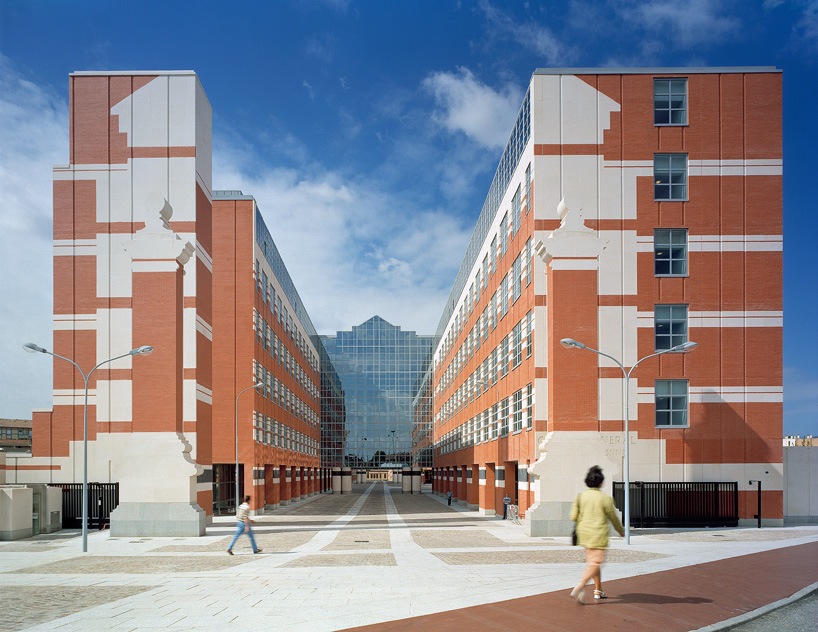
provincial capitol building, toulouse
image by matt wargo
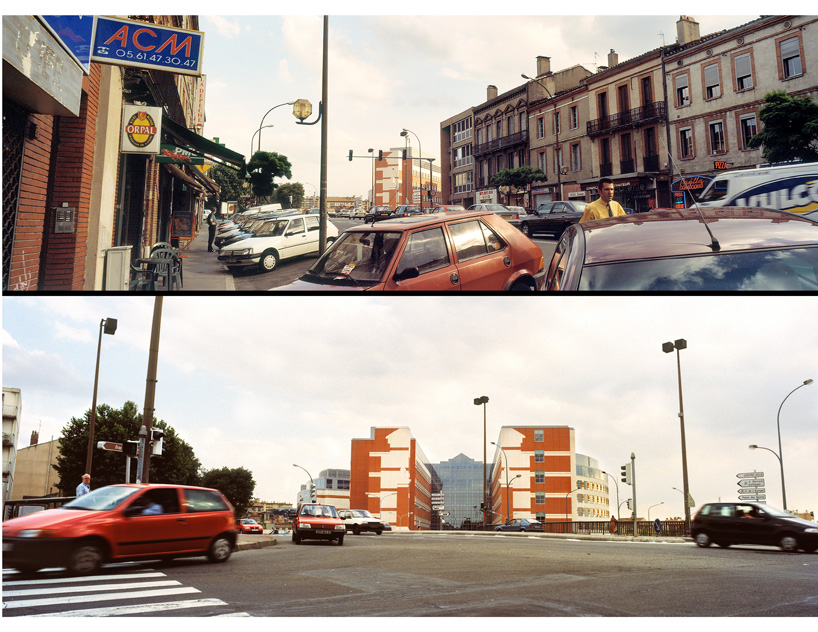
provincial capitol building, toulouse
image by matt wargo
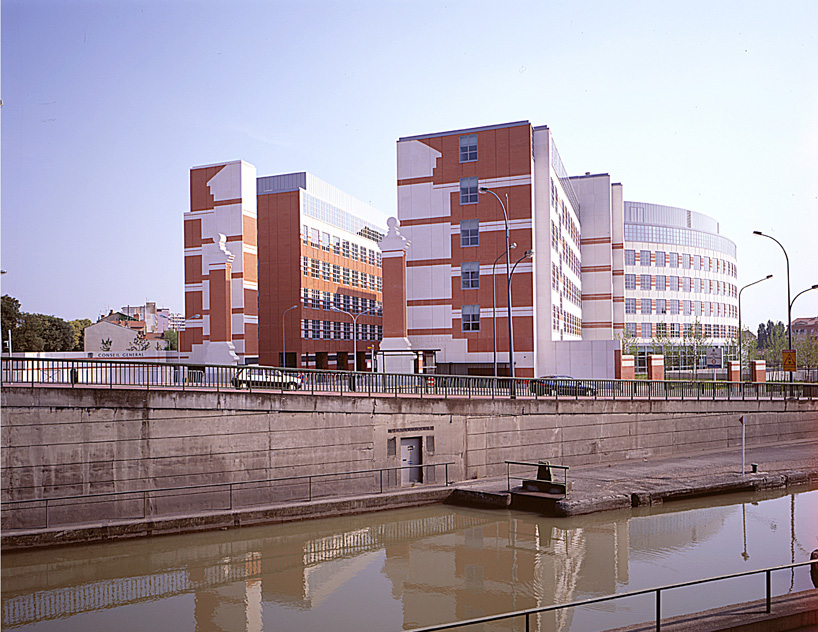
provincial capitol building, toulouse
image by matt wargo
DB: do you draw often?
DSB: I do draw – I draw as part of a dialogue between myself and the pen and myself and my assistant. the kind of drawing I do pulls the design out of the conditions – the neighborhood, the context – its landscapes, activities and systems – and those of our project as given in the program. these are all edited to show areas of intense use and low use and the circulation systems that connect them, and sometimes public and private uses. these hand drawn diagrams bulge where the people are and string out where roads are few. they look like cotton and indicate where the pressure points are. they diagram the ‘city physics’ of the area as it will be when the projects is there. they are a good basis for the design and lead the searching-sketching process toward the parti. when this is clear we digitize. my processes are explicated by mapping because my designs of buildings usually emerge during a campus planning phase. bob in fact follows a similar process, but the maps and linkages are less explicit. at the point where I have a parti bob will be involved in some projects more than in others and I in his. the combination certainly improves the architecture. during design development and documentation, a team works on the project and bob and I continue by critiquing and red-lining computer drawings.
another kind of ‘drawing’ involves the design of maps and the display of data, and is a digitized continuation in more detail of our ‘city physics’ sketches. these require careful combinations of the variables needed to draw conclusions from the data for design. it’s an art, and it calls for experience in both the choice and display of information. people do it, not computers, but the attributions are often depersonalized. I don’t enjoy reading that the artist of that kind of display was ‘computer printout.’
I also do slide lectures where a thought process is collaged from many sources via photoshop. I may spend 20 minutes talking on one slide – it must be beautiful and intriguing if people are to stay with me that time. its design is digitized by my assistant, who also uses his or her imagination in finding sources from my photographs and the internet. then we work together at the screen. she or he holds the mouse and I critique – ‘can you bring these closer/ find another picture/ put a fine white line around this part?’
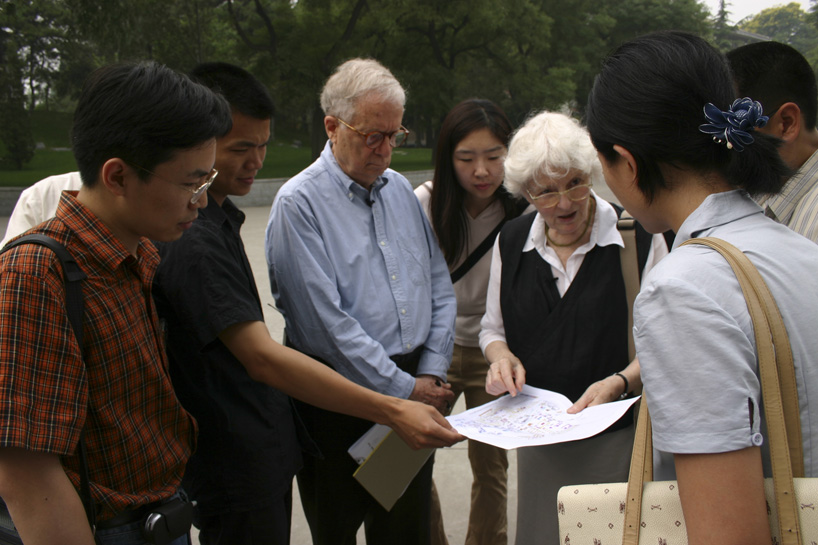
tsinghua university in beijing, planning for campus life
image by matt wargo
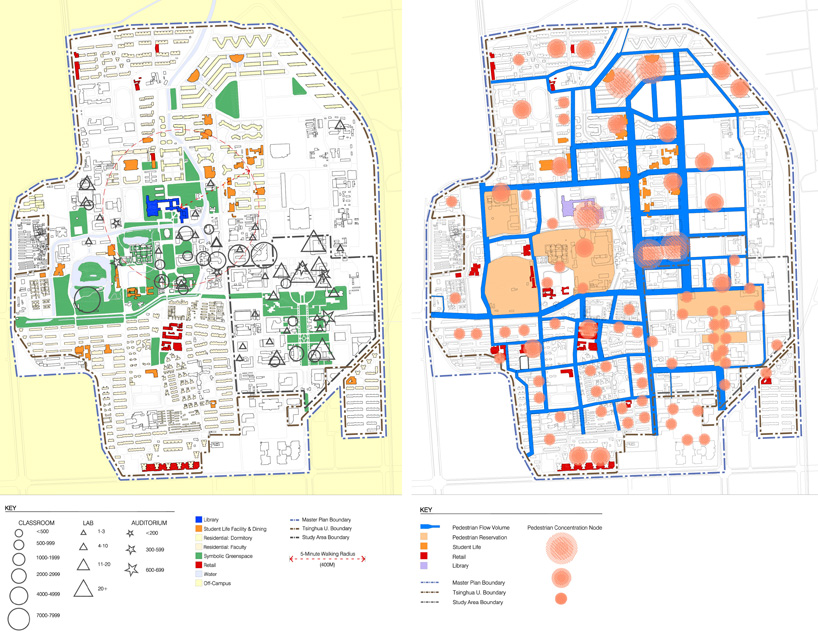
tsinghua university in beijing, planning for campus life
images courtesy of venturi, scott brown and associates
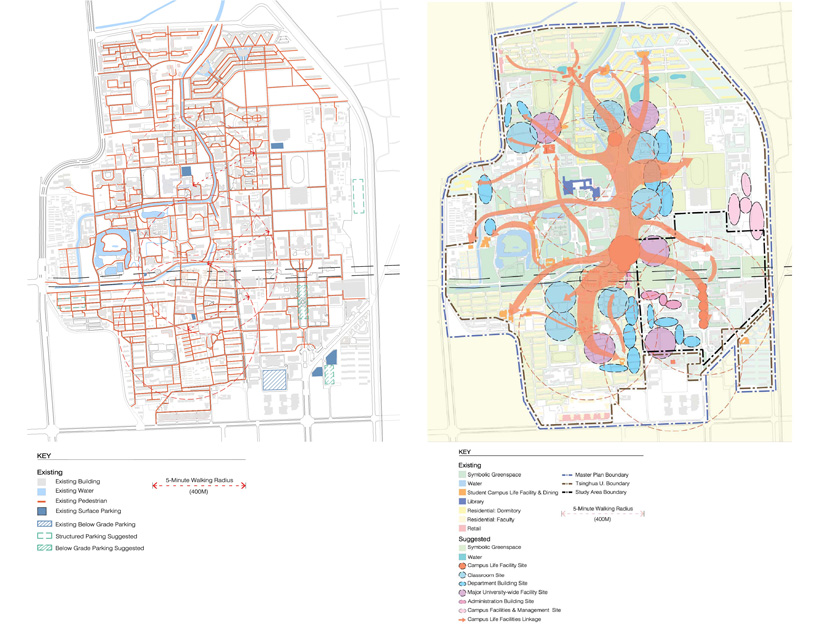
tsinghua university in beijing, planning for campus life
images courtesy of venturi, scott brown and associates
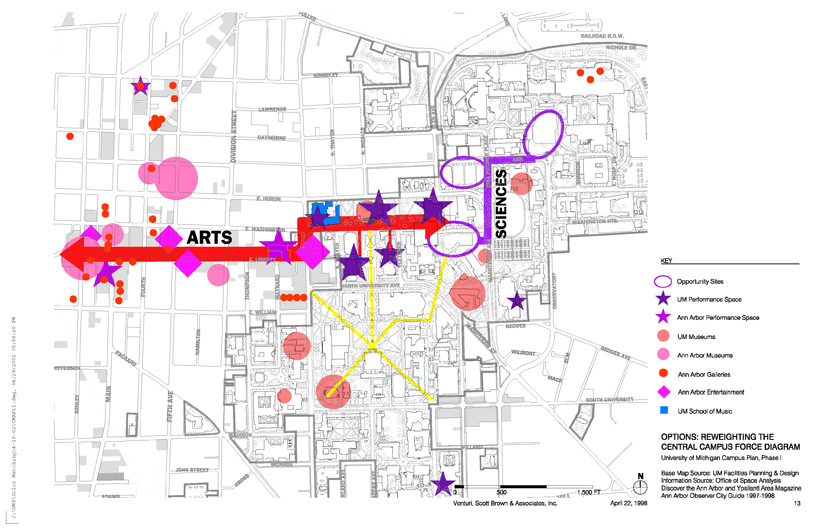
university of michigan, campus master plan
images courtesy of venturi, scott brown and associates

university of michigan, campus master plan
courtesy of venturi, scott brown and associates
DB: apart from architecture, about what are you passionate?
DSB: well, architecture is my life, but thankfully architecture involves many things. I have traveled very well as an architect, and met many different types of people along the way. as an architect, people take me right into the center of their cities and their lives. I’ve also learned a lot from those experiences, and you’re able to go much deeper than you might otherwise as a tourist. I love making things, and I love colors – especially bright ones.
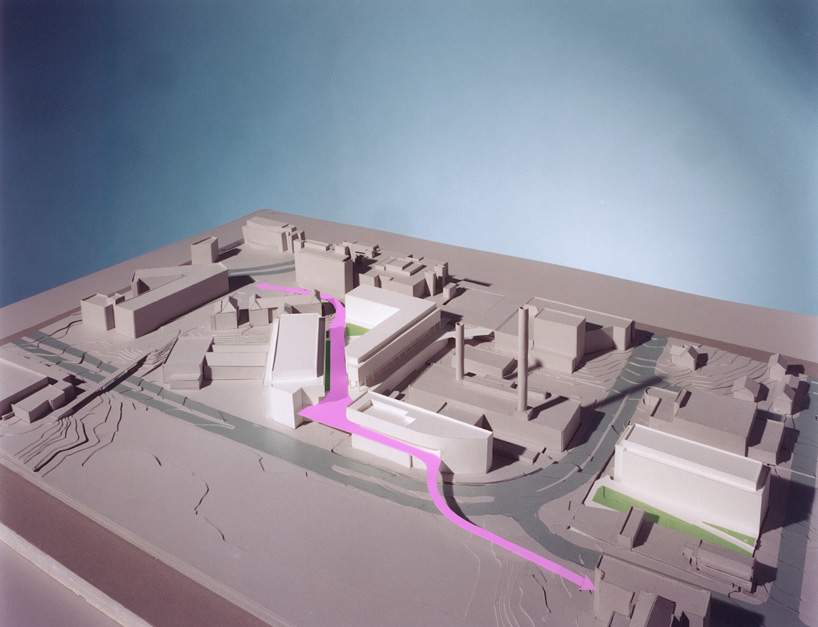
palmer drive development, university of michigan
image courtesy of venturi, scott brown and associates
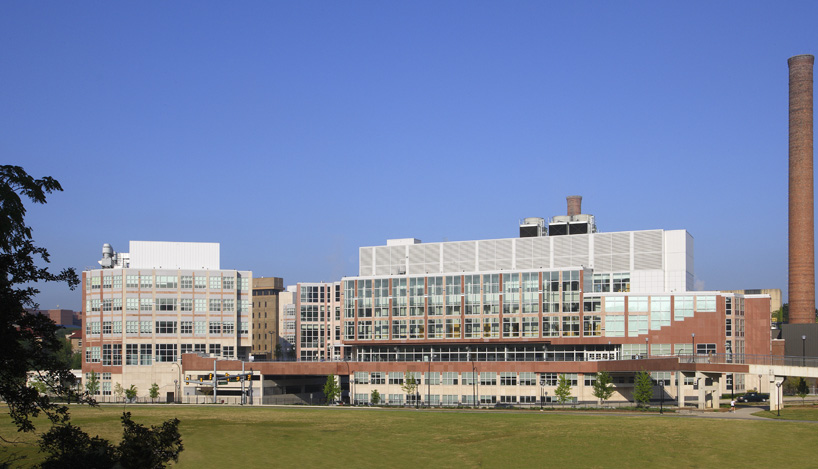
palmer drive development, university of michigan
image by matt wargo
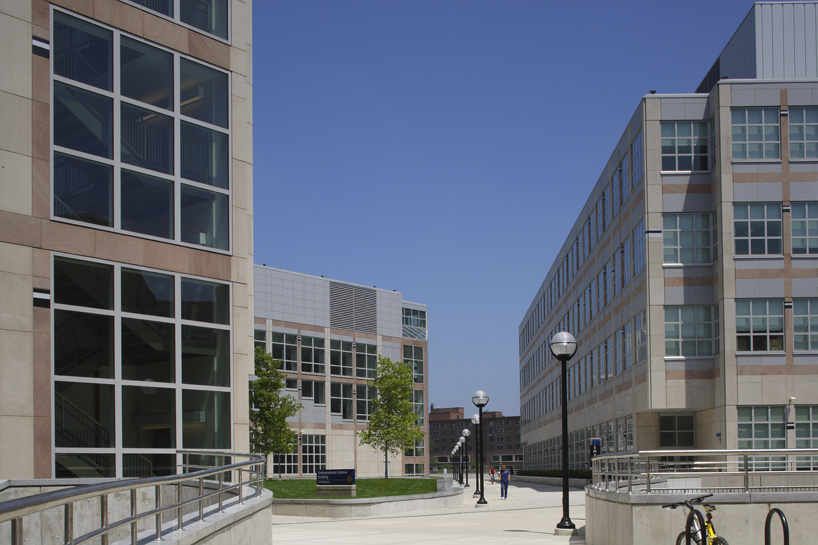
palmer drive development, university of michigan
image by matt wargo
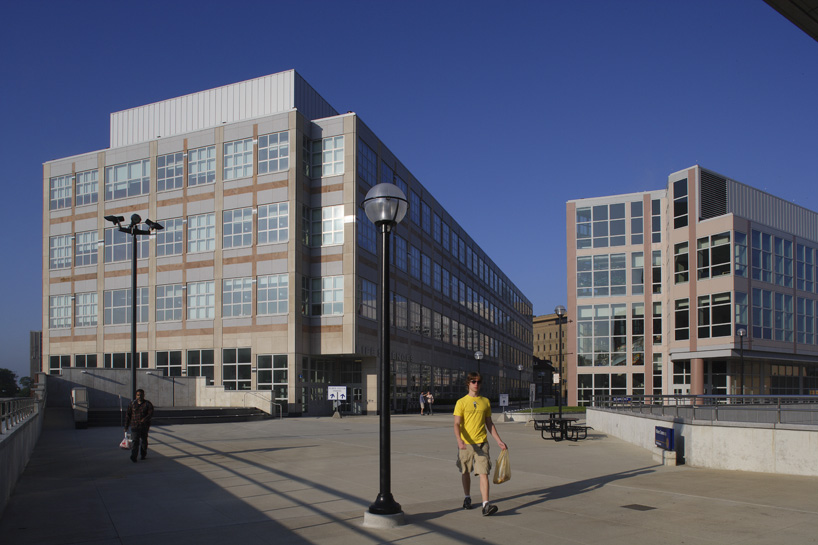
palmer drive development, university of michigan
image by matt wargo
DB: what advice would you give to young architects?
DSB: students tend to have moments where they feel lost, but that’s normal. I myself, as a student, felt this way also. I always tell young architects to have patience. eventually your work will grab you and take you on your path. you will be doing what you want to do without realizing.
something that bob always tells young people is to be very attentive to what you like and to be respectful of that. try to put yourself in a position where you are going to do the work that you enjoy. inevitably you have to do things you don’t want to do sometimes – but those things should only be to support the work you do want to do.
finally, bob and I always remind people that being an architect is a difficult life. don’t become one unless you are absolutely sure you want to be one, and then you have to give it everything you’ve got!
